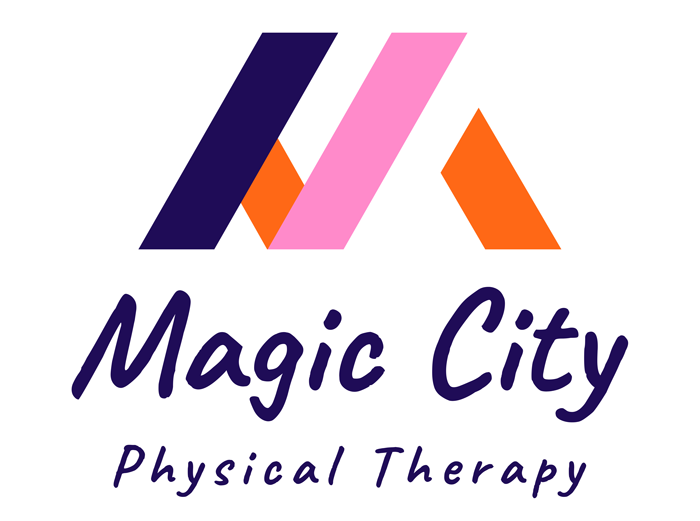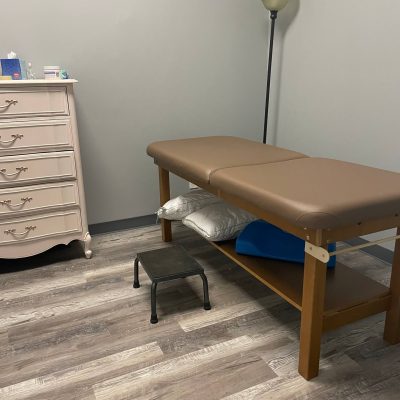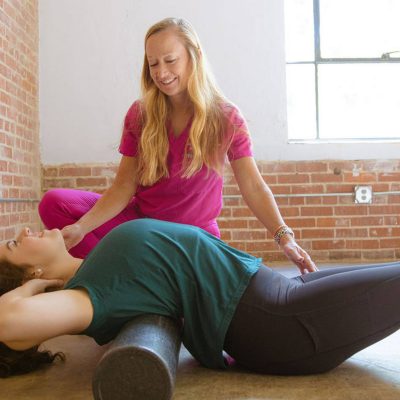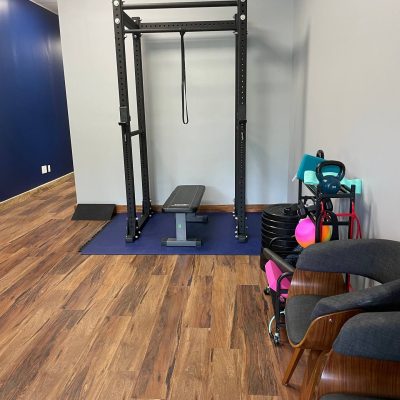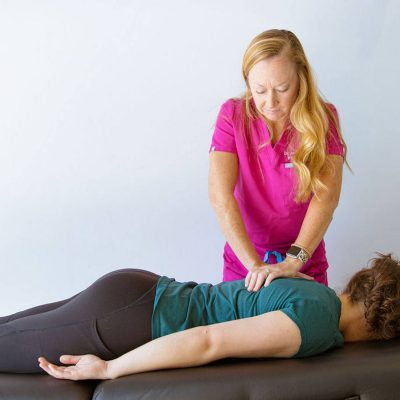As a pediatric pelvic therapist, one of the most common and often overlooked links I encounter in my practice is the connection between constipation and pediatric bladder issues, including bedwetting (also known as nocturnal enuresis). Understanding this relationship is critical for both effective treatment and prevention, and it begins with understanding the anatomy and physiology of the pelvic region.
The Pelvic Anatomy Connection
The bladder and bowel are close neighbors, both residing in the pelvic cavity. They share space and are surrounded by the same muscles, including the pelvic floor muscles. These muscles play a crucial role in supporting and coordinating the functions of both organs. When one organ is under stress, it can directly affect the other.
Constipation occurs when stool becomes hard, dry, and difficult to pass, often resulting in infrequent bowel movements. In children, constipation can lead to the accumulation of stool in the rectum. This buildup can press against the bladder, reducing its capacity and potentially irritating its walls. The bladder may become overactive or have difficulty fully emptying, leading to urinary symptoms such as urgency, frequency, accidents, and, in some cases, bedwetting.
Bedwetting and Bladder Dysfunction
Bedwetting is a common concern among children, especially those between the ages of 4 and 7. While bedwetting is often attributed to developmental factors, such as delayed maturation of bladder control or deep sleep patterns, constipation is a frequently overlooked contributing factor. A rectum full of stool can send mixed signals to the nervous system, interfering with the bladder’s ability to store and release urine appropriately.
Chronic constipation can also lead to a condition known as megarectum, where the rectum becomes significantly distended. This can compress the bladder and alter its normal function. Children may experience increased nighttime urinary production, reduced bladder capacity, or even involuntary bladder contractions during sleep, all of which can contribute to bedwetting.
Recognizing the Signs of Constipation
Many parents are surprised to learn that their child’s urinary issues are connected to constipation, especially if their child has bowel movements regularly. However, constipation is not just about infrequency. Other signs to watch for include:
- Large, hard stools that are painful to pass
- Stool withholding behaviors (e.g., crossing legs, hiding during bowel movements)
- Abdominal pain or bloating
- Frequent small bowel movements
- Skid marks in underwear (a sign of stool leakage from impaction)
Even if a child is having daily bowel movements, they may still have stool retention in the rectum that can exert pressure on the bladder.
Addressing Constipation to Improve Bladder Health
When addressing pediatric bladder issues, it is essential to treat underlying constipation. Here are some key strategies that can make a significant difference:
- Dietary Adjustments: Ensure the child’s diet includes plenty of fiber-rich foods, such as fruits, vegetables, whole grains, and legumes. Adequate hydration is equally important, as it helps soften stool and promotes regular bowel movements.
- Toileting Habits: Encourage regular toileting routines. Children should be encouraged to sit on the toilet for a few minutes after meals to take advantage of the body’s natural gastrocolic reflex. Proper positioning is also essential: feet should be supported on a stool with knees at a higher level than the hips to help relax the pelvic floor muscles.
- Behavioral Strategies: Positive reinforcement can be helpful in motivating children to use the toilet regularly. Avoid punitive approaches, as they can increase stress and exacerbate withholding behaviors.
- Pelvic Floor Therapy: A pediatric pelvic therapist can provide tailored exercises and techniques to help children relax their pelvic floor muscles, improve coordination, and establish healthy bowel and bladder habits. Biofeedback is another valuable tool that can help children learn to recognize and control their pelvic floor muscles.
- Medical Intervention: In some cases, a pediatrician may recommend stool softeners or laxatives to alleviate severe constipation. These should be used under medical supervision and as part of a broader treatment plan.
The Role of Education and Advocacy
As a parent or caregiver, understanding the link between constipation and bladder issues is empowering. Many families feel frustrated and overwhelmed when traditional interventions for bedwetting or urinary accidents don’t yield results. Recognizing the potential role of bowel health can provide a new perspective and a path forward.
It is also important to address the stigma surrounding both constipation and bedwetting. These are medical conditions, not behavioral issues or signs of laziness. Creating an open, supportive environment at home can make it easier for children to communicate about their symptoms and participate in treatment.
When to Seek Professional Help
If your child is experiencing persistent bladder issues or signs of constipation, don’t hesitate to seek professional guidance. A pediatric pelvic therapist can assess your child’s bowel and bladder habits, identify contributing factors, and develop an individualized treatment plan. Early intervention is key to preventing long-term complications and improving your child’s quality of life.
Conclusion
The link between constipation and pediatric bladder issues like bedwetting is a powerful reminder of how interconnected our bodies are. By addressing constipation through dietary changes, toileting habits, pelvic floor therapy, and medical interventions when needed, many children can achieve significant improvements in both their bowel and bladder health. As a pediatric pelvic therapist, I have seen firsthand the transformative impact this approach can have on children and their families. If your child is struggling, know that help is available and that recovery is possible.
